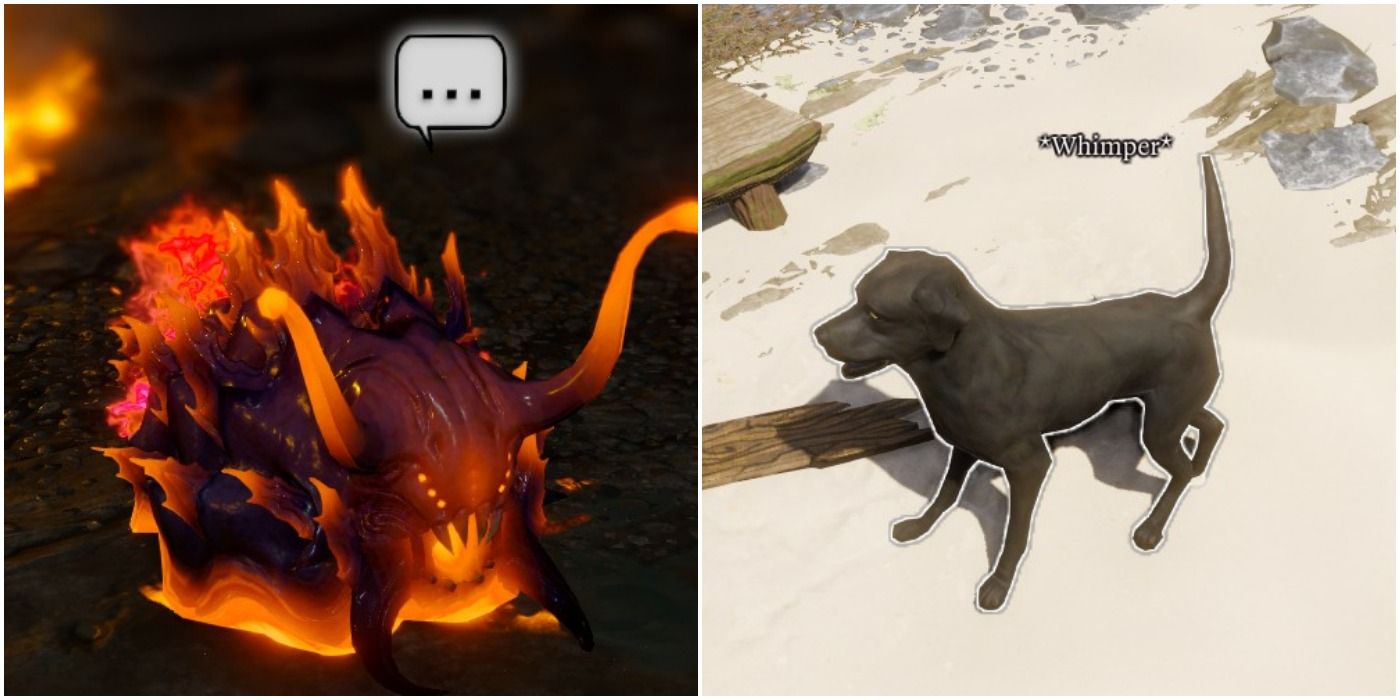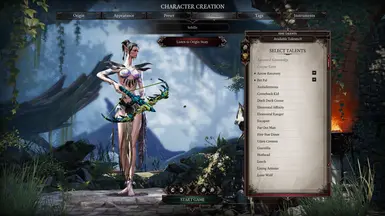The world of Divinity: Original Sin 2 is fraught with danger, I’m sure we can all agree – and for that reason, you need to be prepared. For those looking for a list of beginner tips, here’s one I compiled based on my own experiences. Hopefully, you’ll find it useful.
The Conjurer is perhaps one of the most overpowered starting classes in Divinity: Original Sin II. Divinity: Original Sin 2 Workshop LadyCassandra's Workshop. Grants free Pet Pal or a free Talent Point to your character(s). As an early warning Do Not Take Hannags Deal in act 2. If you have pet pal on your character and you accept Hannags training in act 2 to get more source power you lose the talent forever and the point along with it. When I traveled back to the ship my non origin lone wolf was legit 1 talent point short with seemingly no way to regain it.
What’s yours is mine – the art of pickpocketing
Thievery is one of the most useful skills you can have a character learn. Why? Because it lets you pickpocket NPCs, merchants included. See where I’m going with this? D:OS2 isn’t the kind of game that only allows you to steal a limited selection of items from a merchant: no, every single item that’s on sale can be lifted from an unsuspecting trader’s pockets, provided your skill level is high enough. Using this skill will therefore allow you to outfit your party with quality gear and valuable skill books, completely free of charge. You might occasionally have to resort to some teamwork by having a few characters distract passers-by (just initiate dialogue with them, then switch to another character) to make them look in a different direction, but trust me, the spoils are worth it. One thing to keep in mind is that a single character can only pickpocket a person once, and then never again, so if you’re going to do this, make sure to grab as much quality loot as possible. Additionally, if you have an undead character, let them be your primary thief, because they can use their bony fingers to pick locks, which means you’ll never need to buy lockpicks, ever.
Always bring a bedroll to a swordfight
We, as flesh and blood humans, need sleep… and your Divinity characters don’t. But that doesn’t mean you shouldn’t have a bedroll with you at all times, because what it does is completely heal you up. What’s more, you can use it almost everywhere and as many times as you please, provided you’re not in combat, of course. It feels almost like cheating, but hey, if you need to quickly heal up after a battle, there’s no better way than catching a few Zs.
I’m here, I’m there, I’m everywhere
Skills like Tactical Retreat (Huntsman), Phoenix Dive (Warfare), Teleportation (Aerotheurge) and Nether Swap (Aerotheurge) can be quite invaluable, as they allow you to instantly hop to a distant location. This not only serves a useful purpose in battle, but lets you teleport up to high ledges (perfect for archers) or across ravines to reach otherwise inaccessible locations. Having each of my characters learn either Tactical Retreat or Phoenix Dive was one of the best decisions I made during my playthrough.
Respec to your heart’s content
Is respeccing available in D:OS2? Yes, it is. What’s more, it doesn’t cost a single thing! Seriously. There’s no catch: just like with bedrolls, you can use it as many times as you want, so don’t stress over character creation or accidentally putting a point in the wrong skill – you’ll be able to redo it all later. For those wondering, the respec station is a magical mirror you’ll find on the bottom floor of the Lady Vengenace. You can also use this to change your character’s appearance.
Dr. Dolittle, or: Pet Pal is your best pal
You may wish to give one of your characters, preferably the one that does all the talking, the Pet Pal talent. It allows you to talk to animals, which may sound fairly useless at first, but it’s actually pretty neat. Not only is chatting with livestock infinitely amusing, the friendly critters will occasionally divulge useful information and bits of foreshadowing that may help you on your journey. Some even give you actual, honest-to-goodness quests. If you want to get the most out of your Divinity experience, grab Pet Pal early on (Ifan Ben-Mezd has it by default, by the way).

Persuasion prevails
Persuasion is invaluable, as you might expect. It will allow you to avoid certain battles, hear secrets and gain additional information from tight-lipped NPCs, and a variety of other things. Divinity isn’t all about combat, and having a character on your side who’s sufficiently persuasive can be a huge asset. Like with Pet Pal, it’s generally a good idea to give this skill to the character who will do most of the talking. In other words, the one you’re controlling.
Divinity Original Sin 2 Pet Pal Ifan


It’s over, Anakin! I have the high ground!
Being able to pick off enemies from a distance can be quite satisfying. And practical. Even more so when you do it from an elevated position, as having the high ground gives you bonus damage against those down below. In other words: consider trying an archer build. I personally enjoyed hopping around the map with Tactical Retreat, only to rain down destruction from above, and maybe you will, as well. Also, Arrow Storm is a disgustingly powerful skill, so there’s that, too.
Combination nation
How To Get Pet Pal Divinity Original Sin 2
This one’s simple: you can combine skill books to create entirely new spells. For instance, combining a Pyrokinetic skill book with a Necromancy one will earn you a shiny new Corpse Explosion skill book. Mixing a Hydrosophist skill book with a Necromancy one will yield Raining Blood. And so on. Keep experimenting!
Brrraaains…
Okay, so you don’t actually have to be a zombie to crave the flesh of others – it’s enough if you’re an elf. Elves in D:OS2 can consume the body parts of dead people in order to obtain their memories, and if there’s an elf in your party, you should do this all the time. Not only can munching on toes give you useful pieces of information for solving quests, in a few instances, you can even obtain new skills this way.
By the way, use your waypoints
Fast travel is a common feature in RPGs, and Divinity: Original Sin 2 is no different – the world is littered with statues you can instantly teleport between, provided you’d already visited them at least once. What you should also be aware of, and this is something I – embarrassingly enough – only realized several hours into the game, is that you don’t actually have to walk to a waypoint to use it. You can simply click the little anchor icon next to your mini map, select your destination, and that’s it. Alternatively, you can open up the pause menu and select “Waypoints”.